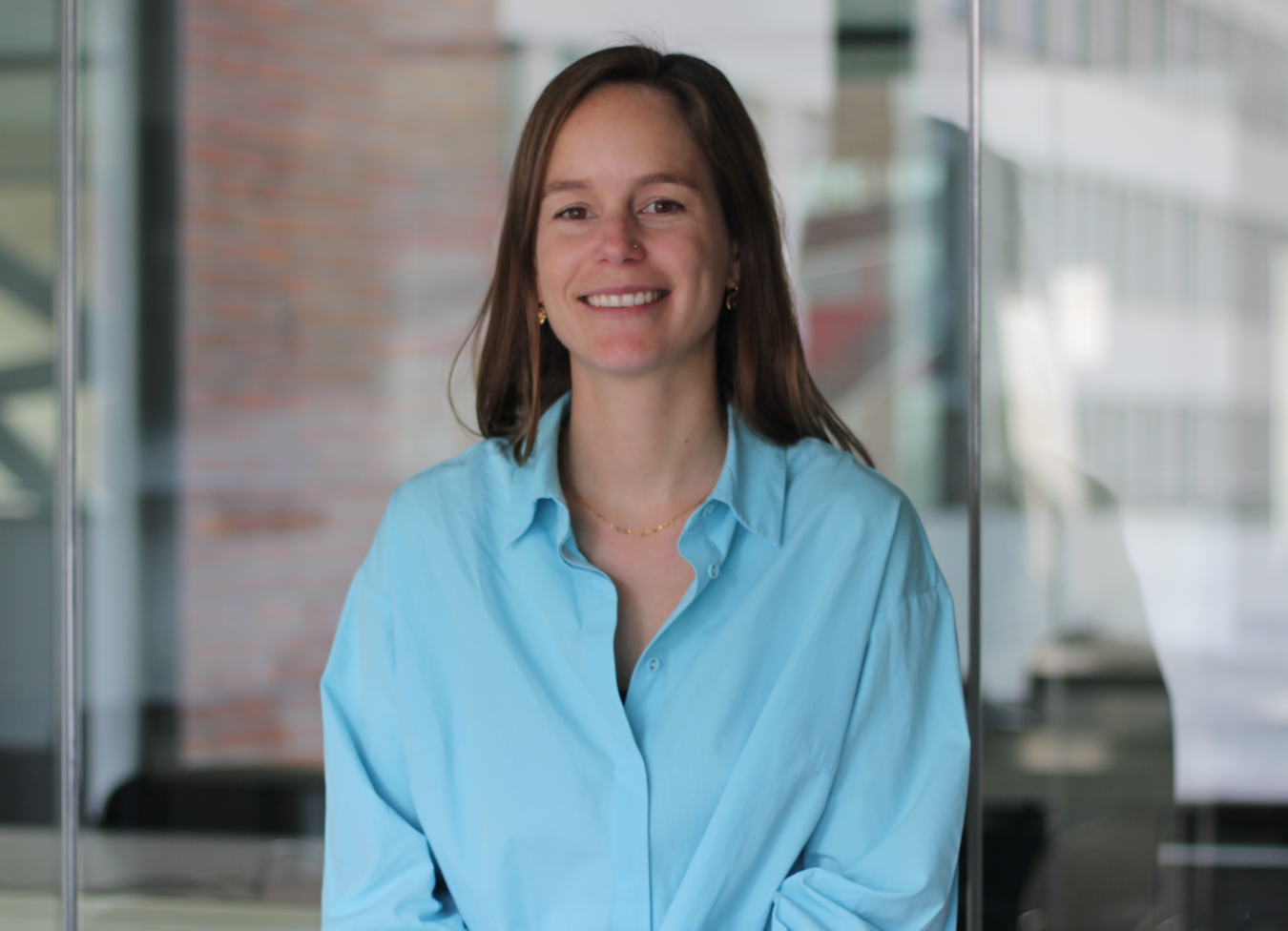We work on more than 300 projects every year.

Sustainable careers of circus performers
Kathy Goffin
The challenge
How are circus artists’ careers progressing within the professionalising circus landscape? What are the bottlenecks they experience? What are the levers for more sustainable career development today? What initiatives can the sector, policy and supporting organisations take in the future to make circus artists’ careers more sustainable?
Within a path towards a Landscape Drawing for the Circus Arts Landscape – which Circuscentrum is drawing up in consultation with Department of Culture, Youth and Media (DCJM) – career concerns are a key issue. But the knowledge base on this is limited. This study addresses this gap and feeds into the Circus Landscape Drawing.
The process & results
This research focused on sustainable career development of (semi-)professional circus artists. This means practices that can also be sustained in the longer term. In addition, career development was considered from different dimensions, namely artistic, economic, social human and ecological. The research focused on careers of circus artists in both the contemporary and traditional circuits.
To explore the context and themes of the study, a brief desk study was conducted. A benchmark was done, with a focus on circus policy, with two other regions: Wallonia and Catalonia. Nine exploratory interviews were also organised with circus artists, circus professionals, and policy staff.
In a second phase of the study, a broad survey of circus artists via an online survey was used. In this way, 70 circus artists were reached. In addition and to deepen the results, focus groups were also organised with circus artists, circus professionals, and with a family from traditional circus. Throughout the assignment, the findings were checked off with a focus group consisting of actors from the circus landscape.
Based on the insights gathered, bottlenecks and levers were identified within the various career dimensions (artistic, economic, social, human and ecological). In addition, future avenues were also identified in each case to strengthen the sustainability of each dimension. Finally, policy recommendations were also formulated.

